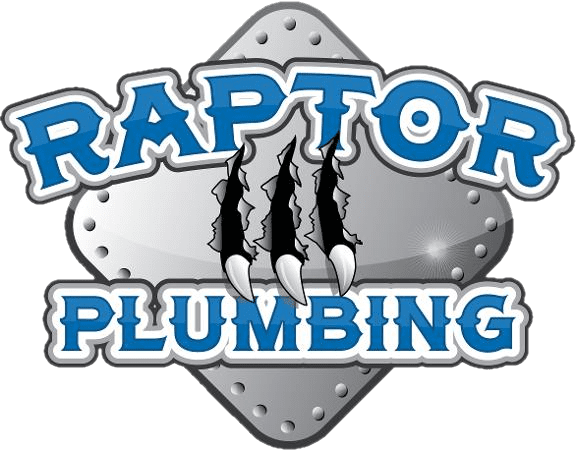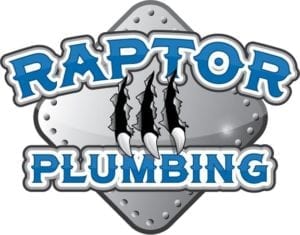Clogged drains are an all-too-familiar problem in households, leading to slow drainage and unpleasant odors. While a professional plumber can always be called in, many clogs can be resolved with a bit of elbow grease and some basic tools you likely already have at home. This article will provide you with practical, easy-to-follow DIY tips for unclogging household drains. Whether it’s your kitchen sink, bathroom sink, bathtub, or toilet, you’ll find effective methods here to get your drains flowing smoothly again. These techniques range from using natural solutions like baking soda and vinegar to more mechanical approaches with plungers and drain snakes.
Boiling Water Method
Boiling water is one of the simplest and most effective methods for dissolving minor clogs, particularly those caused by grease or soap scum.
Steps:
- Boil a kettle of water.
- Carefully pour the boiling water directly into the drain in two to three stages.
- Allow the hot water to work for a few minutes between each pour.
- Check if the water drains more quickly. Repeat if necessary.
Baking Soda and Vinegar Solution
:max_bytes(150000):strip_icc()/freshen-and-unclog-drain-with-baking-soda-1900466-17-20179d73b7a2455797ebc6a5f5bf7479.jpg)
This natural remedy is great for clearing organic blockages and deodorizing drains. It’s both safe for your pipes and environmentally friendly.
Steps:
- Pour about 1/2 cup of baking soda down the clogged drain.
- Follow with 1/2 cup of vinegar. You’ll see the mixture fizzing.
- Cover the drain with a plug or cloth to keep the reaction contained.
- Wait for about 15 minutes.
- Flush the drain with hot water.
Using a Plunger
A plunger is a versatile tool that can be very effective for dislodging clogs in sinks, tubs, and toilets.
Steps:
- Ensure enough water is in the basin to cover the plunger’s suction cup.
- Place the plunger over the drain and press down firmly to create a seal.
- Pump the plunger up and down rapidly for about 20 seconds.
- Remove the plunger to see if the water drains away. Repeat if necessary.
:max_bytes(150000):strip_icc()/types-of-plungers-2718737-hero-fb66932f7d1e4340b6d75a7396e6c49c.jpg)
Drain Snake (Auger) Method
A drain snake, also known as an auger, is perfect for tackling more stubborn clogs that are deeper within the pipes.
Steps:
- Insert the drain snake into the drain until you feel resistance.
- Turn the handle to break up the clog, or hook it and pull it out.
- Continue to push and pull the snake until the clog is cleared.
- Flush the drain with hot water to ensure it’s clear.
Cleaning the P-Trap
The P-trap, which is the U-shaped pipe under the sink, can often accumulate debris and cause clogs.
Steps:
- Place a bucket under the P-trap to catch any water or debris.
- Use a wrench to loosen the slip nuts on the trap.
- Remove the trap and clean out any gunk or build-up inside.
- Reassemble the trap and run water to check for leaks and ensure the clog is gone.
Preventive Measures to Keep Drains Clear
Preventive maintenance can help you avoid the inconvenience of clogged drains. Here are some tips:
- Regular Maintenance: Pour boiling water down your drains once a week to help dissolve any build-up.
- Use Drain Screens: Install screens over drains to catch hair, food particles, and other debris.
- Avoid Pouring Grease: Never pour cooking grease down the drain. Instead, let it solidify and dispose of it in the trash.
- Mind What You Flush: Only flush toilet paper and human waste. Avoid flushing items like wipes, cotton balls, and feminine hygiene products.
When to Call a Professional
While DIY methods are effective for many clogs, some situations may require the expertise of a professional plumber. Persistent or severe clogs, strange noises from your pipes, or recurring drainage issues could indicate a more serious problem within your plumbing system.
Unclogging household drains can often be handled with simple tools and techniques. By following these DIY tips, you can tackle most clogs and keep your drains flowing smoothly. Remember to take preventive measures to minimize future clogs and maintain your plumbing in good condition. For persistent or severe issues, don’t hesitate to call a professional plumber. By staying proactive, you can ensure your household drains remain clear and functional.

